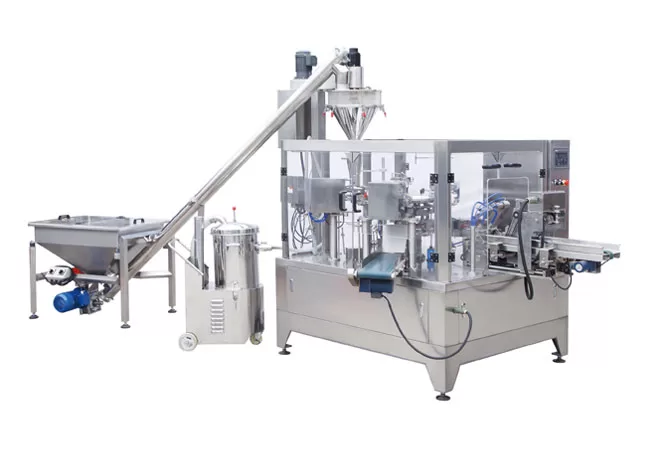Case Studies- Successful Implementations of Water Packaging Machines
The global demand for packaged water has been escalating due to growing health concerns, rising disposable incomes, and urbanization. This surge has led to an unprecedented demand for efficient and reliable water packaging machines. Case studies offer invaluable insights into the successful implementation of these machines, highlighting their benefits, challenges, and best practices.
Benefits of Water Packaging Machines
Water packaging machines offer a plethora of benefits, including:
Increased Productivity:Automated machines eliminate manual labor, significantly increasing production rates and reducing operating costs.
Reduced Contamination Risk:Contact-free filling and sealing processes minimize the risk of contamination, ensuring product safety.
Enhanced Quality:Precise control over filling and sealing parameters ensures consistent product quality, meeting industry standards and consumer expectations.
Versatile Functionality:Modern machines can accommodate various bottle sizes, shapes, and materials, providing flexibility for different packaging needs.
Challenges in Implementing Water Packaging Machines
While water packaging machines offer numerous benefits, certain challenges arise during implementation:
High Initial Investment:Acquiring and installing water packaging machines requires a substantial capital investment, which can be a financial burden for small-scale businesses.
Technical Expertise:Operating and maintaining water packaging machines demands specialized technical expertise, which may not be readily available in-house.
Maintenance and Upkeep:Regular maintenance and repairs are essential to ensure optimal performance and longevity of the equipment, which can be time-consuming and costly.
Environmental Concerns:Packaging materials and waste management practices must be carefully considered to minimize environmental impact.
Best Practices for Successful Implementation
To ensure successful implementation of water packaging machines, the following best practices should be followed:
Thorough Planning:Conduct thorough research, assess specific needs, and develop a comprehensive implementation plan to avoid potential pitfalls.
Supplier Selection:Partner with reputable suppliers who provide high-quality machines, reliable support, and competitive pricing.
Training and Support:Provide adequate training to operators and maintenance personnel to ensure proper operation and troubleshooting capabilities.
Regular Maintenance:Establish a comprehensive maintenance schedule and adhere to it strictly to minimize downtime and extend equipment lifespan.
Environmental Responsibility:Implement sustainable packaging practices, such as using recyclable materials and minimizing waste, to reduce environmental impact.
Conclusion
By leveraging case studies and adopting best practices, manufacturers can successfully implement water packaging machines to enhance their productivity, ensure product safety, and meet growing market demands. These machines play a vital role in the global water industry, providing safe and convenient access to clean drinking water.
-
Finding the Right Auger Filling Solution: Semi-Auto vs. Automatic Machines
04-05-2025 -
Precision Meets Efficiency: How Auger Filling Machines Revolutionize Powder Packaging
04-05-2025 -
The Future of Packaging: How Automatic Machines Are Revolutionizing the Industry
04-05-2025 -
Overview of Packaging Machine Buying Guides
08-01-2024 -
How Does a Vertical Form Fill Seal Machine Work?
30-10-2023 -
Advancements in Auger Powder Filling Technology
27-10-2023 -
A Deep Dive into Automatic Packaging Machines
26-10-2023 -
The Revolutionary Fully Automatic Potato Chips Packaging Machine
20-09-2023 -
How to choose the right packaging machine?
23-08-2023 -
Reducing Waste And Maximizing Yield With Multihead Weigher Machines
15-03-2023














